The steps for siphon pots to boil water and wash Yegawaka? How does the siphon pot work? What are the siphons for making?
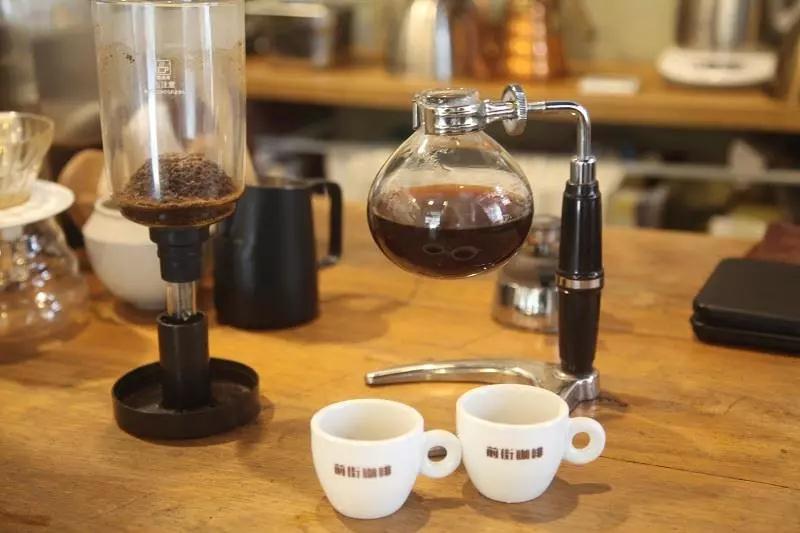
Professional coffee knowledge exchange more coffee bean information please follow the coffee workshop (Wechat official account cafe_style)
The steps for siphon pots to boil water and wash Yegawaka? How does the siphon pot work? What are the steps of making siphon?
Siphon pot is not only beautiful in shape, but also a kind of visual enjoyment in operation. Siphon coffee is the most able to show the flavor of coffee, highlighting the taste differences between different individual coffee, the taste will be more full-bodied, mellow. Due to the heating of the fire source, the coffee will produce the difference of high, medium and low temperature with brewing, creating rich flavor changes.
Brewing coffee in a siphon pot is a test of technology, which has strict requirements on time and water temperature. Just as there are several kinds of siphon coffee stirring, the way of siphon coffee powder is also fastidious. The more common ones are adding powder first and then adding powder, also known as lower powder and upper powder. There is no right or wrong difference between these two methods of pollination, but different methods have different control points. Now let's take [Yega Chuefeiwaka] as an example to make a pot of coffee with these two ways of pollination.
Yirgacheffe Worka Washed G1
[Yega Chuefei washes Wauka]

Grade: G1
Production area: Worka Waka
Baking degree: shallow baking
Treatment: washing
Variety: native species
Processing plant: Waka cooperative
Flavor: lemon, kumquat, white grape juice
| 01 | production area profile |
Yirga cheffe is a small town in Ethiopia, 1700-2100 meters above sea level. It is also synonymous with Ethiopian boutique coffee. Since ancient times, it has been a wetland. The ancient saying "Yega" yirga means "settle down", and "cheffe" means "wetland". Therefore, Yejia Xuefei means "let us settle down in this wetland".
Yejia Xuefei (boutique producing area): 1800m-2000m above sea level | Pastoral coffee system |
Yega Xuefei is affiliated to the Sidamo producing area, which is separated separately because of its unique flavor.
In addition to the small town of Yega Xuefei, it also includes three by-product areas around Wenago, Kochere, Gelena and Abaya.
There are large and small villages, micro-producing areas, cooperatives and treatment stations under Yejashafi. In most parts of Ethiopia, coffee farmers are still living a very difficult life, and they do not have enough capacity to build family-style processing works. as a result, there will be many treatment stations that focus on buying coffee fruits from nearby small farmers, processing them, and then selling them to raw bean merchants.
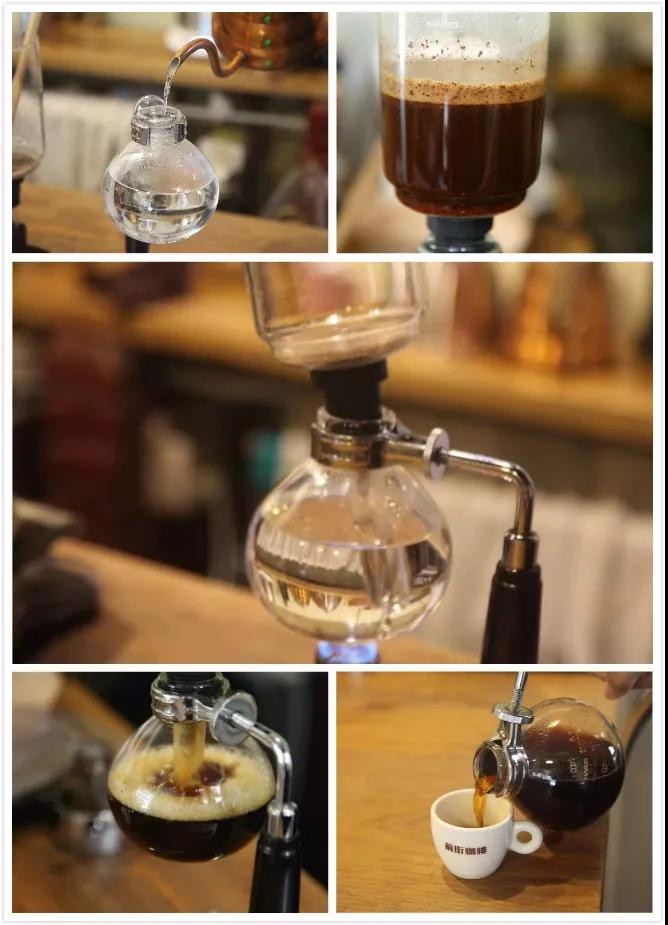
[working principle]
The main principle of coffee extraction in the siphon pot is realized through the pressure difference. First, the lower cup of water is heated to boiling, and then inserted into the upper pot, so that the lower pot is in a state of high pressure. Due to the pressure difference between the lower pot and the upper pot, the hot water is mixed with the upper pot coffee powder and extracted. After the extraction process, the fire source of the lower pot is removed, so that the pressure difference between the lower pot and the upper pot is instantly reduced. The siphon effect between the upper pot and the lower pot will cause the coffee extract to return to the lower cup. If you want to speed up the reflux of the coffee extract, you can wipe the lower pot with a wet dishcloth, which can make the pressure difference between the upper pot and the lower pot smaller. The reflux speed of coffee extract is faster.
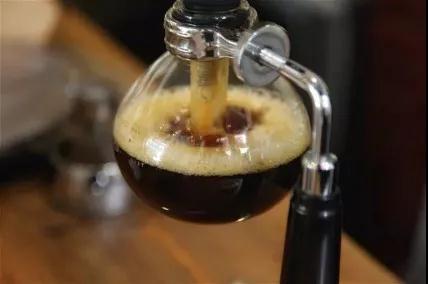
[preparatory work]
1. Add water to the siphon pot, for example, to make coffee for two, then add water to the 5mm above the siphon pot sign for two, because the powder absorbs water, so if you want to make coffee for two, you have to add more water appropriately.
two。 Grind coffee beans, prepare 25 grams of coffee powder (about 15g in a single cup) and moderate grinding (4 scales of small Fuji ghost teeth), that is, the particles are between white sugar and brown sugar.
3. After adding water, remember to dry the outside of the pot with a soft cloth, do not leave water stains, so as to avoid bursting the pot when heating.
4. Fill the next pot with hot water and heat it with a gas stove. Generally, a single cup of coffee uses about 180g of water and 300g for two (powder: 1:12).
5. Now that everything in front of it is done, let's start boiling water.
When the water is heated enough to brew, put the filter in the upper pot and be sure to hook the hook as shown in the picture below. Otherwise, when the water from the pot rushes to the upper pot, the filter will be washed away.
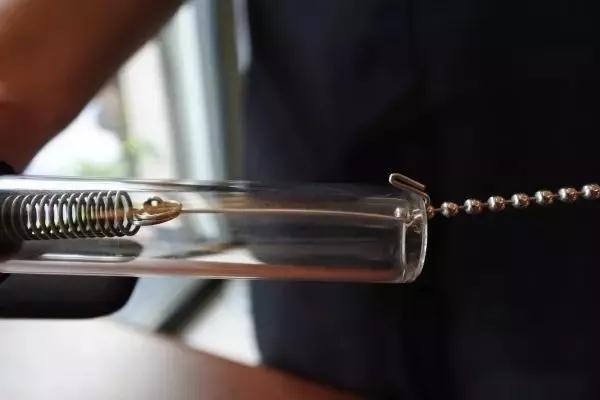
[adding powder first]
To add powder first is to put the coffee powder into the pot, and then put the water on the pot. The requirement of controlling the firepower by adding powder first is relatively high, and the firepower should be adjusted to an appropriate size while the water rises, so as not to produce a large number of bubbles to destroy the steam. at the same time, it is best to boil a pot of water in advance to test whether the position of the filter is in the right place, if it is not in the middle, it will produce a large number of continuous bubbles. The advantage of adding powder first is that there is a gradual warm and wet process for coffee powder, which can reduce the number of circles stirred for the first time, which is more conducive to the formation of steaming effect. However, the temperature control will be poor, so the timing of inserting the upper pot into the next pot will be particularly important, that is to say, it seems simple to add powder first, but in fact, it requires more practical experience than the latter.
The barista in front of the street suggested the method [washing Yegawaka with water]
(1) when the temperature of the lower pot reaches 90 ℃, pour the powder in and straighten the upper pot.
(2) after the coffee powder is completely soaked in water, the coffee powder is stirred for the first time and the timing starts, and the firepower is adjusted to the appropriate size when the water reaches the pot.
(3) stir for the second time after steaming for 30 seconds.
(4) stir for the last time in about 50 seconds. After stirring, remove the fire and let the coffee liquid flow back.
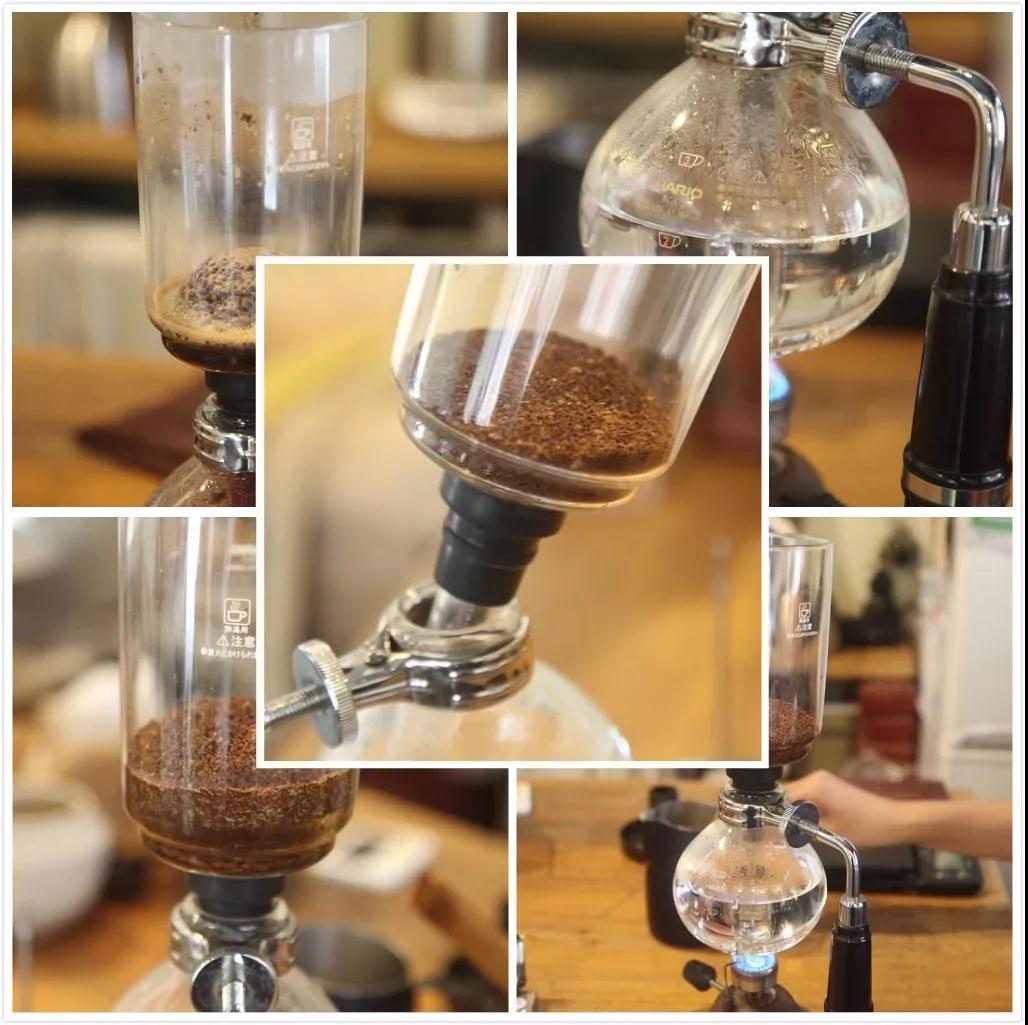
[after adding powder]
Contrary to adding powder first, adding powder after adding powder is to let the water in the next pot rise completely to the top, and then put in the coffee powder. Before adding powder, we can have plenty of time to reduce the firepower of the fire source just enough to support the water on the pot will not fall back. Then adjust the position of the filter to keep it in the middle, and finally wait a few minutes to let the water temperature drop a little bit. Under normal circumstances, when the water in the next pot rises to the top, the water temperature will be about 95 degrees, so we can lower the water temperature by about 5 degrees and then put in the coffee powder. Generally speaking, the higher the water temperature, the more bitter and even scorched the coffee will be, while the lower the temperature is, the more obvious the sour taste and aroma will be, but too low will also reduce the alcohol content and make the sour taste very exciting. therefore, it is very important to choose a suitable water temperature for coffee powder according to the extracted coffee.
Qianjie baristas suggest methods [take washing Yegawaka as an example]
(1) straighten the upper pot when the water temperature is 90 ℃, pour the coffee powder into the pot and time it.
(2) adjust the firepower to a suitable size, steam for 30 seconds and stir for the second time.
(3) stir for the third time in about 50 seconds. After stirring, remove the source of fire and let the coffee liquid return.
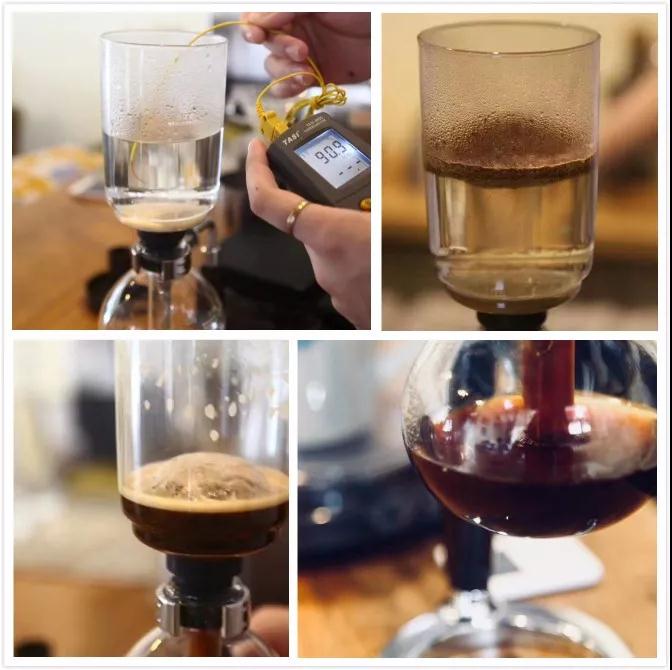
[conclusion]
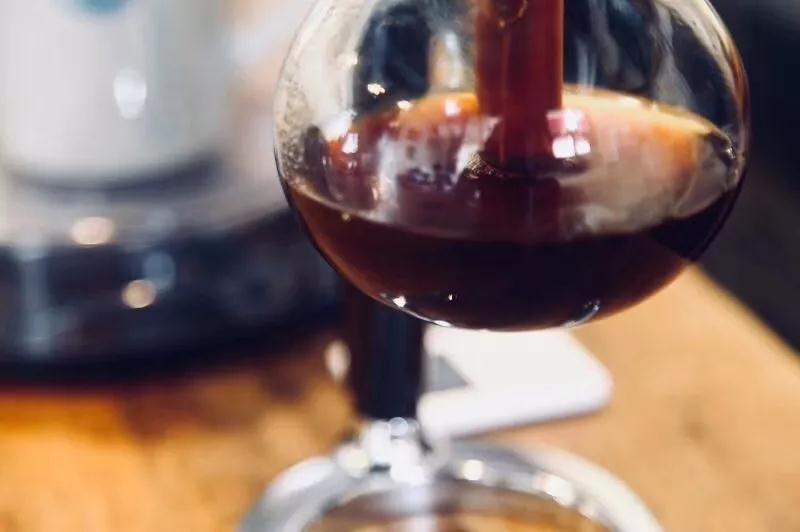
[adding powder first] emphasizes high cleanliness, sufficient and persistent aroma, and obvious flavor of citric acid, citrus and white grape juice. However, the control requirement is relatively high, and poor control can easily lead to insufficient extraction or large over-extraction deviation.
[after adding powder] the taste is relatively rich, and the flavor of caramel and honey in the middle will be more prominent. The cleanliness of the taste is relatively weak, the aroma is not prominent enough to rise, and it is more important for temperature control.
We can try both methods, and even after accumulating some experience, we can choose different methods according to different characteristics of coffee beans or different extraction requirements.
Important Notice :
前街咖啡 FrontStreet Coffee has moved to new addredd:
FrontStreet Coffee Address: 315,Donghua East Road,GuangZhou
Tel:020 38364473
- Prev
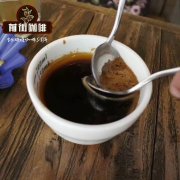
What kind of Java coffee is it? how to brew Java coffee beans? how many packets of Java coffee beans?
Professional coffee knowledge exchange more coffee bean information please pay attention to the coffee workshop (Wechat official account cafe_style) Java coffee bean attribute: fried bitter taste is its main taste, the flavor is very light, and do not feel sour. Mixer coffee or instant coffee is the most commonly used. Origin: Java, Indonesia! The area of Indonesia is 7%, but it accounts for 35% of the country's population.
- Next
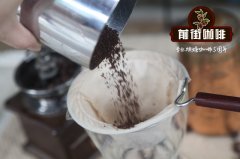
The reason for the high price of mocha Java coffee _ how to drink Java coffee beans _ how much is Java coffee
Professional coffee knowledge exchange more coffee bean information please follow the coffee workshop (Wechat official account cafe_style) Java mocha coffee in Asian countries, Indonesia is a very noteworthy one. Indonesia is an island country in the Indian Ocean, the islands are distributed on both sides of the equatorial line, of which three islands: Java, Sumatra and Sulawesi produce important coffee in the world.
Related
- Detailed explanation of Jadeite planting Land in Panamanian Jadeite Manor introduction to the grading system of Jadeite competitive bidding, Red bid, Green bid and Rose Summer
- Story of Coffee planting in Brenka region of Costa Rica Stonehenge Manor anaerobic heavy honey treatment of flavor mouth
- What's on the barrel of Blue Mountain Coffee beans?
- Can American coffee also pull flowers? How to use hot American style to pull out a good-looking pattern?
- Can you make a cold extract with coffee beans? What is the right proportion for cold-extracted coffee formula?
- Indonesian PWN Gold Mandrine Coffee Origin Features Flavor How to Chong? Mandolin coffee is American.
- A brief introduction to the flavor characteristics of Brazilian yellow bourbon coffee beans
- What is the effect of different water quality on the flavor of cold-extracted coffee? What kind of water is best for brewing coffee?
- Why do you think of Rose Summer whenever you mention Panamanian coffee?
- Introduction to the characteristics of authentic blue mountain coffee bean producing areas? What is the CIB Coffee Authority in Jamaica?

